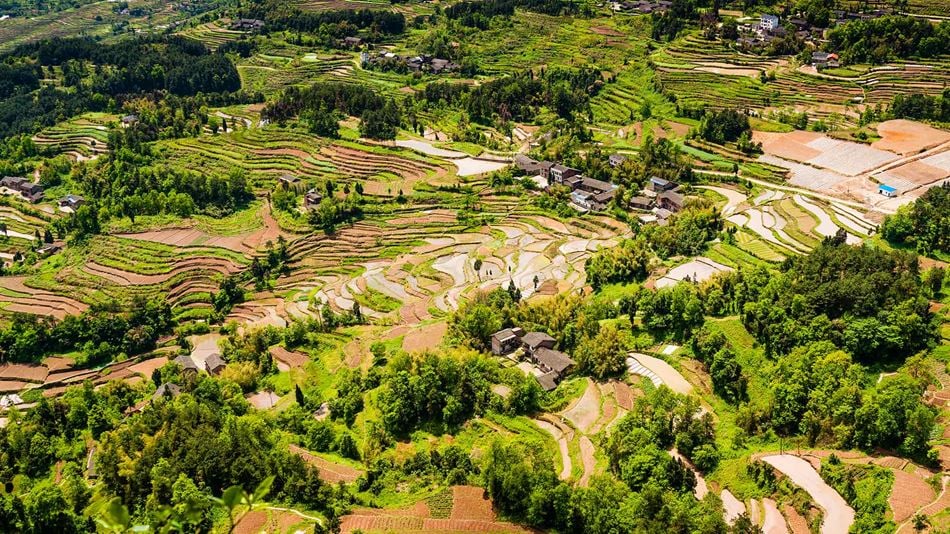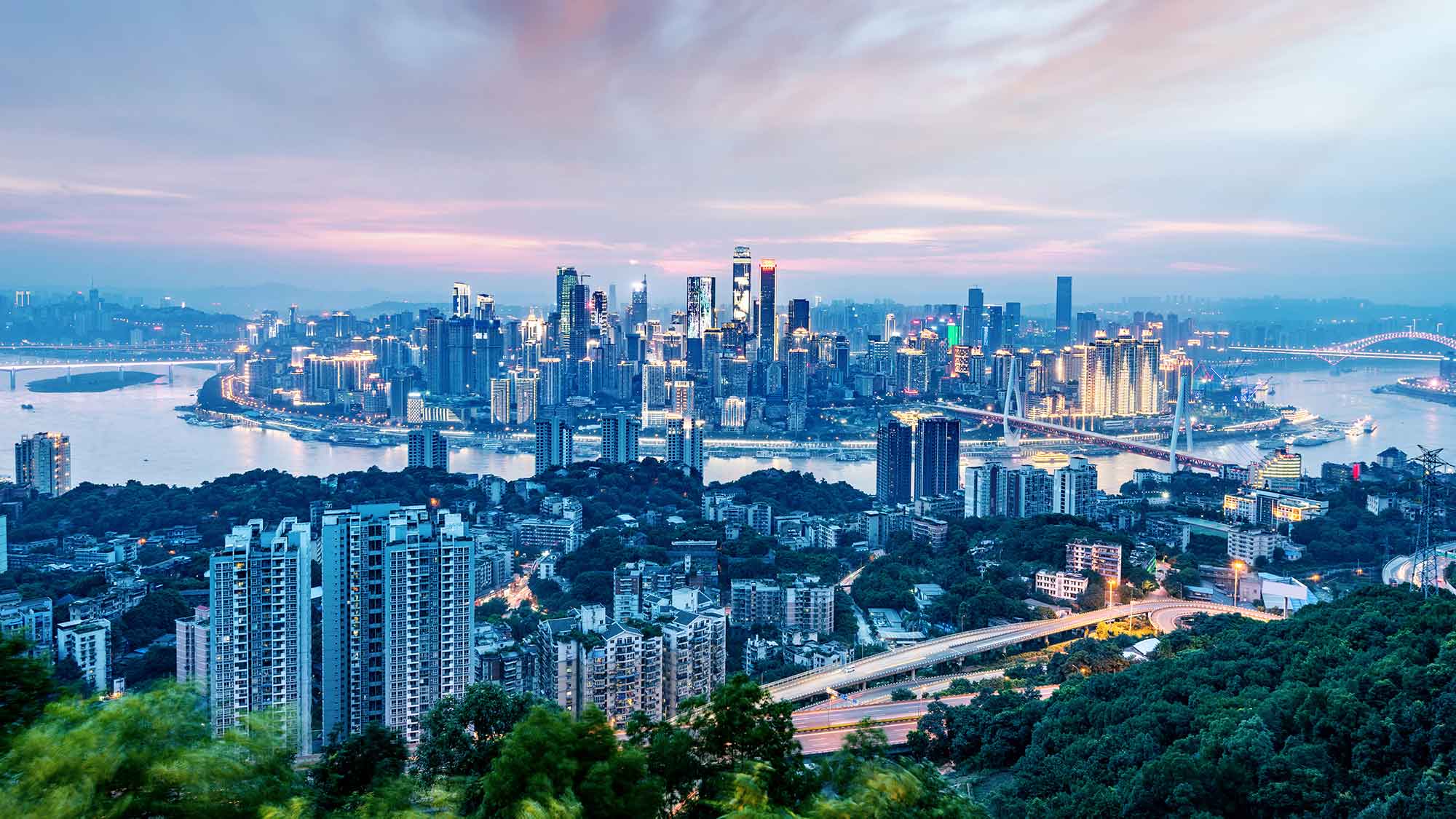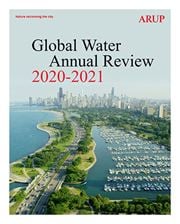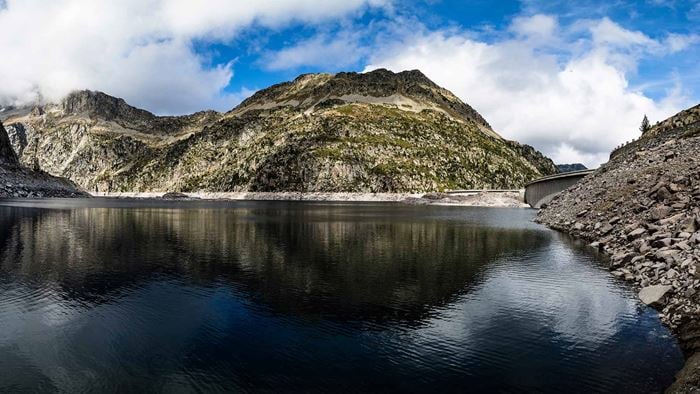Development around the Liangtan River basin of the Chongqing District of China has been rapid over the past four decades. The population has increased to half a million people, bringing higher levels of pollution, increased flooding risk and significant ecological disturbance and destruction. There have been five major floods since 1981 impacting on the population residing along the river.
Since the early 1990s, many villages have grown around industrial activities to form small and medium-sized towns, often at the expense of the river’s ecological value and the environment. More recently, urban areas have expanded to include university towns and high-tech zones.
Now, plans are in place for the development of a new city, with a population of four million Such rapid development brings the need for a holistic approach for the management of water. With that in mind, the authorities turned Arup to use our ‘Design with Water’ approach, to create a masterplan for the Liangtan river basin, ahead of their huge growth in population.

Design with Water: sustainable regional development
Located between mountains, the river basin catchment is a long narrow valley with several upland reservoirs. With our global understanding of flood risk, water resources and water quality issues, and of course how cities and regions can plan not only to live with water, but also reap from the many available benefits of placing a re-integrated water cycle at the heart of sustainable planning, design and delivery, we were asked to research and developed a sustainable strategy for the future.
Using our ‘Design with Water’ approach, we placed three key elements at the heart of our research, flooding, wastewater and water supply. We proposed a regenerative vision to address Chongqing’s challenges. Our design takes into account the environment’s maximum capacity to balance sustainability and economic development. The focus was to ensure that any actions recommended would not only protect and enhance the local water cycle, but also bring multiple wider benefits to the region.
As the watershed also has rich and diverse plant and animal life, including a variety of rare and endangered species and ecologically sensitive areas, this also had to be taken into consideration in our work.
The aim from the outset was to provide an integrated and resilient approach, connecting the region with water, using a mix of traditional infrastructure and new blue and green approaches. We set out to not only mitigate risk, but also bring the benefits of a sustainable water cycle such as having a positive impact on the economy and community, climate change, health and wellbeing, energy and carbon, habitat and biodiversity, and food and agriculture.
Digital learning: understanding land use
One of the issues we faced in working in this region was a lack of available data. This meant we had to use a number of tools we have developed to assess the land uses and discover exactly where there were urbanized areas and villages, where the farmland was and where the water sat within the overall basin.
We used digital technology (machine learning tools and satellite data), to conduct a land use and spatial analysis of the watershed, and were able to map possible interventions and uses, taking into account the local water resources, flood risk and water quality challenges. We identified 16 clear land use types. This enabled us to link different types of human activities and natural elements to sustainable interventions and highlight possible solutions and opportunities to deliver wider environmental, financial, social and human benefits.
It was a unique, multi-disciplinary effort from different experts including water engineering, landscape, digital, urban masterplanning and economy, ecology, and river habitat restoration.
Interventions and designs proposed to ensure sustainable future
Designs to promote sustainable development were created and regenerative designs prepared. These highlighted the benefits of proposed interventions, such as new reservoirs which could not only store excess water, protect against flooding and be a resource, but also become the base of leisure activities such as sailing. The plan also included restoration around the rivers within the basin, helping improve the habitat and biodiversity whilst creating inviting places to visit for health and well-being.
With a map created of the most beneficial locations for action – something which was important for the client in terms of gathering support during the decision-making process – we created a masterplan of both traditional grey methods and infrastructure, and blue and green projects which we all know we need to see so much more of. We are delighted to say the plans will start to be implemented from 2021 after the official masterplanning approval, with our technical teams providing support to the locally-based project leaders, as they look to turn many of our proposals to reality.
We are proud that the adoption of the ‘Design with Water’ approach helped shape a better, more sustainable future in a complex ecological network. Our expertise has helped a city region overcome the constraints of water to regenerate, to better protect people and property and to make full use of water to bring wider benefits to nature, health and wellbeing.
 ;
;



